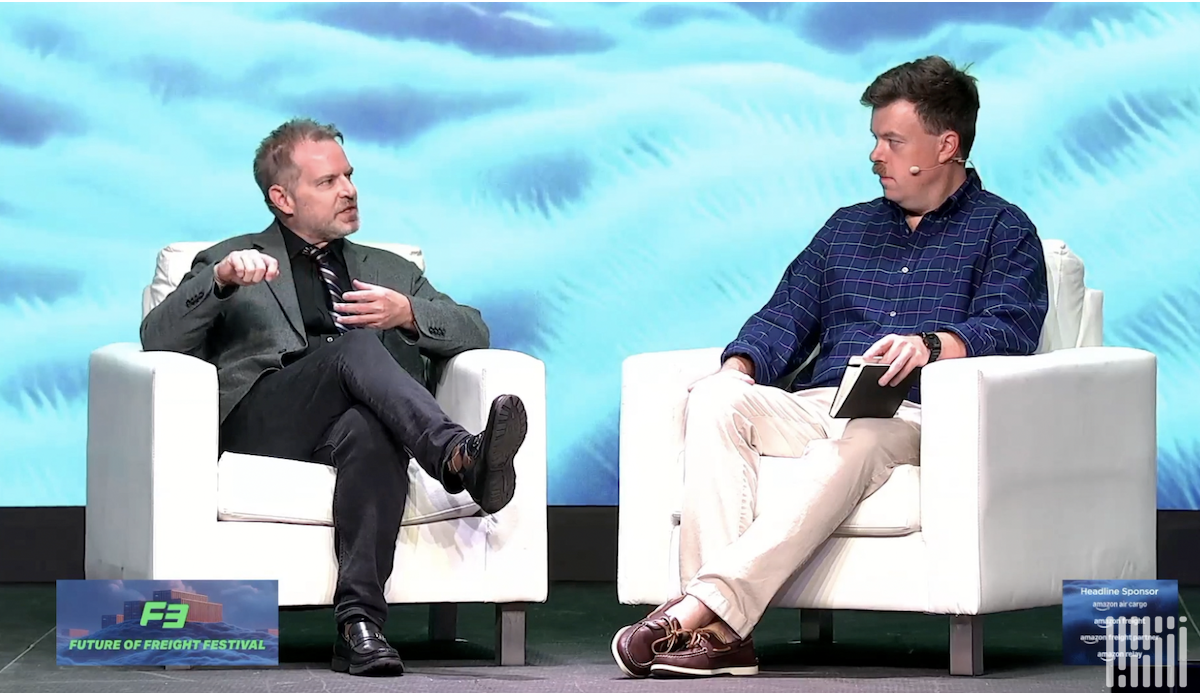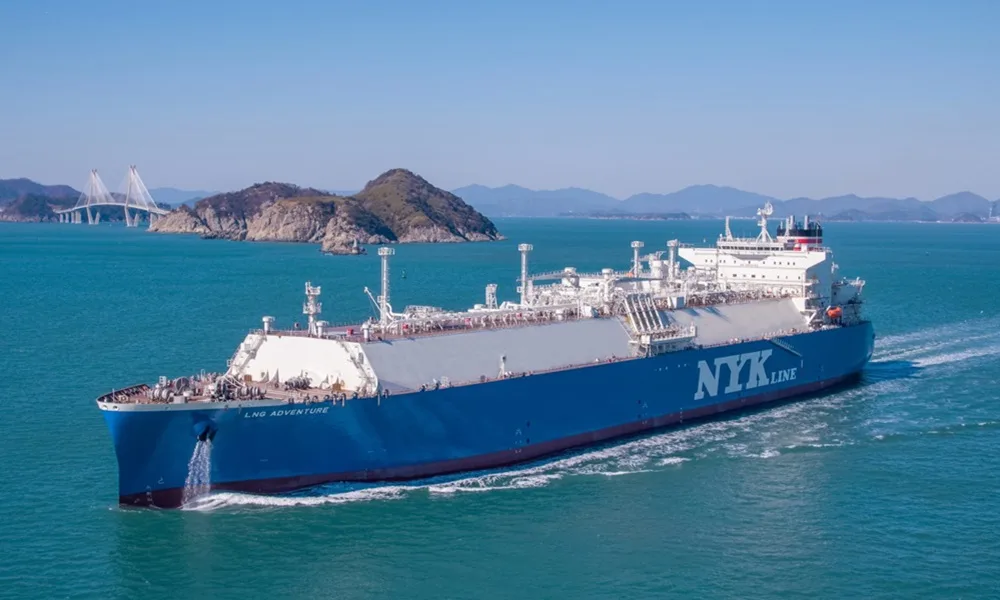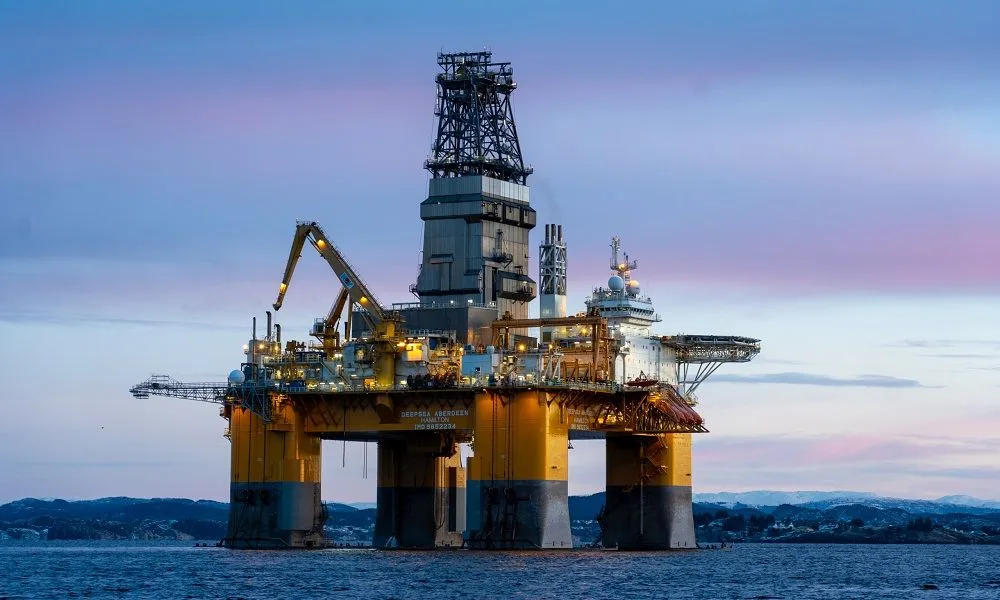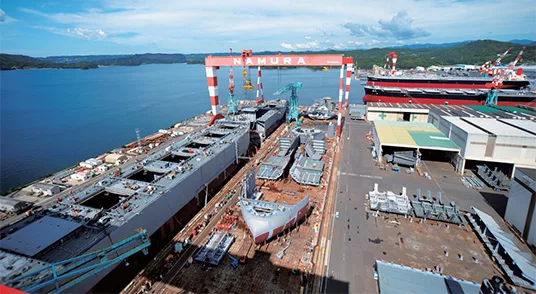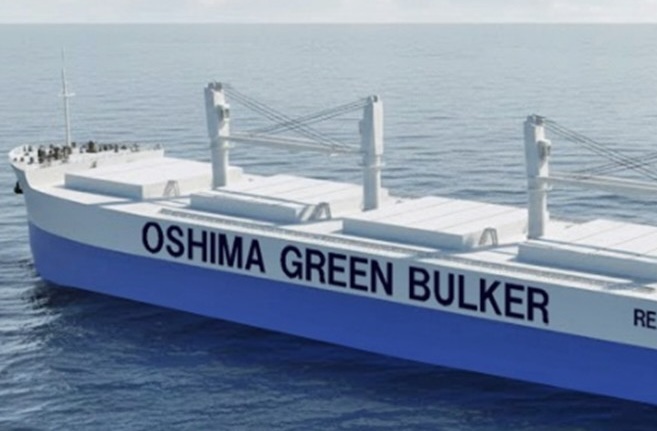CHATTANOOGA – The U.S. maritime industry faces a complex array of challenges and opportunities that require a delicate balancing act, the former U.S. maritime chief told a logistics conference.
The state of U.S. shipbuilding
One pressing issue is the imbalance in shipbuilding capabilities between the United States and countries like China. “China dominates the shipbuilding industry,” said Louis Sola, former commissioner at the Federal Maritime Commission, in a fireside chat at F3: The Future of Freight Festival hosted by FreightWaves. “It accounts for approximately 40% to 50% of all new cargo ships. In stark contrast, the United States produces less than 1% of ocean-going cargo vessels annually.”
An investigation by the United States Trade Representative begun under the Biden administration eventually found that China leveraged unfair practices including massive subsidies, direct government control of private companies and industry consolidation to build a dominant position in shipping and shipbuilding. The U.S. as of October 14 implemented steep tonnage fees on Chinese-built and -operated ships docking at its ports, with the collected revenue in part used to reinvest in U.S. shipbuilding.
However, this plan is fraught with complexity as Sola pointed out that higher material and labor expense at American shipyards means that “it costs over a billion dollars to build just three 3,000-TEU container ships in the U.S. compared to a 24,000-TEU ship in China costing around $180 million. So given the economies of scale, we’ve already kind of lost shipbuilding in the cargo space.
“There’s other things that we could do better; I always say that we need to build a Model T,” said Sola, now a partner at Washington lobbyist Thorn Run, referring to the pioneering Ford automobile that gave birth to cost-effective mass production.
Economic implications of shipping penalties
The conversation with FreightWaves’ JP Hampstead also delved into the economic repercussions of these penalties, particularly on American exports. Sola noted the adverse effects on agricultural exports, especially from the West Coast, which rely heavily on Chinese-built vessels to reach Asian markets. “Once we have less options and we have blank [canceled] sailings [by carriers looking to minimize their exposure to port fees], then a lot of that cargo is not going anywhere,” he said. This limitation not only impacts the agricultural sector but could also send ripples throughout the economy.
Global trade and the U.S. economy
The macroeconomic context further complicates the picture. Maritime trade growth is projected to stall at approximately 0.5% this year, attributed in part to a reduction in trans-Pacific imports. The decline is seen as artificially inflating GDP numbers due to reduced imports. Hampstead questioned whether “the government has eyes on global trade growth or are they happy with low imports because it pumps the GDP number?” This raises questions about the alignment of economic policies with long-term trade sustainability.
Amid an on-again, off-again tariff trade war, “the [maritime cargo] numbers that I saw are basically about the same as last year, maybe just a little bit under,” Sola said. “What we need in the market, I think, is transparency. We need to kind of finalize some of these trade deals, a lot more than we have done now. And once we have the transparency, then our beneficial cargo owners are going to feel more confident of ordering their goods to get it at the right time at the right place and to move those around the country.”
Sola predicts another surge in the trans-Pacific import trade as soon as the end of this year, and into 2026.
The global carbon tax debate
The United Nations last week put a vote on a controversial shipping carbon tax on hold after the Trump administration called it a potential burden on U.S. consumers and threatened punitive measures against countries that supported it.
Sola emphasized how such a tax could severely impact the American economy. He pointed out that a hypothetical implementation would disproportionately affect U.S. consumers, costing approximately $5 billion annually and adding around $100 to each shipping container’s cost. “What we’re seeing is a tax on a technology that doesn’t exist,” Sola argued, underscoring the industry’s current technological limitations in achieving zero-carbon shipping.
The role of LNG in the future of maritime energy
At the same time, Sola noted that liquefied natural gas (LNG) presents an opportunity. The United States is the world’s largest exporter of LNG, a cleaner and cheaper energy source for vessels. Despite these advantages, Sola identified a significant bottleneck.
“Right now, I believe there’s only three places in the United States where we can do LNG bunkering [fueling].” This shortage limits the utilization of LNG as a viable alternative to traditional fuels, despite its immense potential.
Infrastructure investments and future outlook
Despite these challenges, there is optimism about future infrastructural investments in the U.S. port system. Sola mentioned plans for five new greenfield port projects across various U.S. coasts, which promise to energize the maritime industry with new container facilities complete with intermodal rail connections.
“These are things that haven’t been invested in the United States in probably some of our lifetimes,” Sola said, indicating a possible renaissance in U.S. maritime infrastructure.
Seeking a balance
As nations grapple with implementing penalties and taxes among other legislative levers, the overarching theme is one of finding balance. While penalties on Chinese-built ships aim to boost American shipbuilding, they have served to escalate trade tensions.
Echoing a need for diplomatic finesse, Sola recognized that “China’s already started doing the exact same thing that we did to them” by imposing penalties on South Korean- and Japanese-built ships. Such retaliatory actions serve as a cautionary note on the delicate equilibrium required in global trade policies.
Find more articles by Stuart Chirls here.
Related coverage:
Asia-U.S. container rates rally
Report: Top container line may re-flag ships in India
Tariffs, trade changes hit Port of Oakland volumes
Deadlines in doubt for LA-Long Beach zero-emissions port drayage
The post U.S. maritime revival a balancing act, says former FMC chairman appeared first on FreightWaves.



